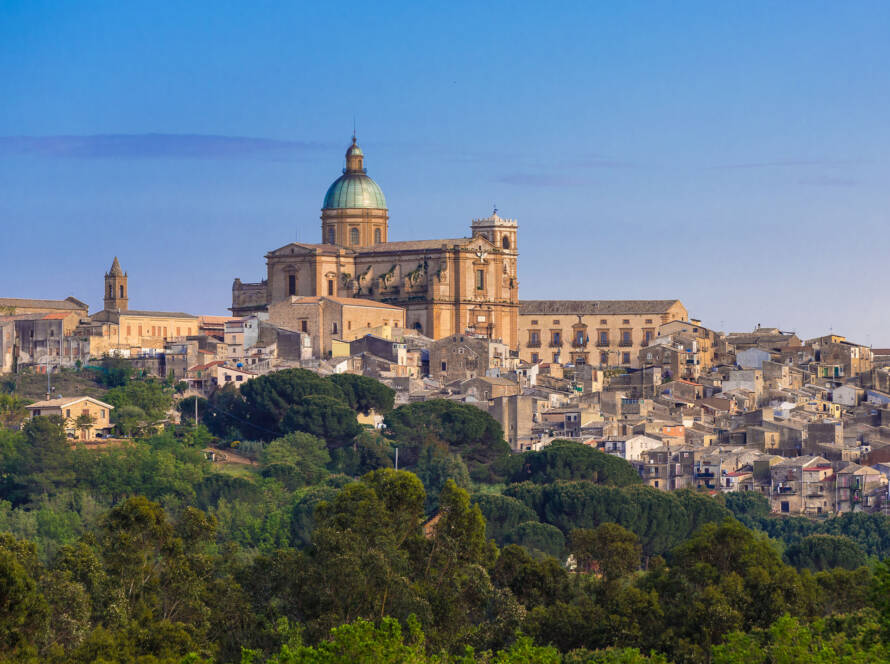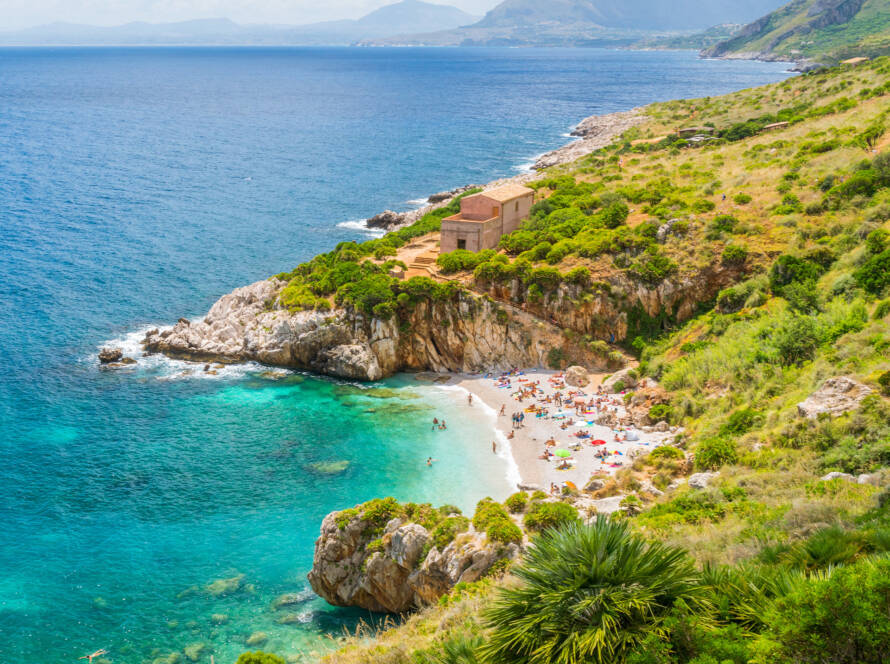Date
planning
Departures and stops
Gratteri, Cefalù
Duration
one day
Cost
to define
A journey through Palermo’s Baroque and the most evocative monuments in the historic centre
This rich tourist itinerary will allow you to immerse yourself in the history, art, architecture and culture of Palermo, offering a detailed overview of the places that have made the history of the province and their unique and unforgettable characteristics.
Detail of the program:
Departure from at: planning
Lunch: planning
Return at: planning
The tour includes:
Our tour of Palermo will begin with a visit to the impressive Foro Italico, a vast seafront area that was once the city’s main harbour. This historic site dates back to Roman times and offers a breathtaking view of the sea, as well as a total immersion in the natural greenery of the surrounding meadows: an area for relaxation and sports, it is an essential stop during a visit to Palermo. From there, we will continue to the picturesque area of La Cala, a fascinating district that combines a maritime atmosphere with history, where you can admire the traditional fishing boats and stroll along the narrow streets overlooking the port.
Next, we head towards Porta Felice, an imposing medieval gateway that marks the entrance to Palermo’s historic centre. This majestic structure dates back to the 16th century and features a splendid Baroque façade. In addition to being an important architectural work, Porta Felice has a symbolic value for the city since it represents one of the main access routes to the historic centre and its monumental wonders. The peculiarity of the gate is its double façade, the outer façade is covered with light-coloured marbles that create columns, niches and balustrades with two fountains at the foot, the inner façade facing the city is classical with late Mannerist influences.
After Porta Felice, we immerse ourselves in the tranquillity of the Garibaldi Garden, an enchanting public park located in the heart of Palermo, where the entrances overhang the main streets of the city and are made of fine cast iron fencing. This garden is dedicated to Giuseppe Garibaldi, Italy’s national hero, and offers an oasis of peace and greenery in the midst of the bustling city, where you can relax, admire the ornamental plants and flowers, and enjoy a rejuvenating break. The pride of the garden’s flora is the ficus, one of the oldest and largest in Italy, at 30 metres in height.
Our cultural experience will continue in the old Kalsa district with a stop at the Palazzo Abatellis, a magnificent 15th-century mansion that houses the Regional Gallery of Sicily. This Gothic-Catalan palace is a true architectural jewel and inside it holds priceless works of art, the most famous of which is Antonello da Messina’s ‘The Annunciation’, a masterpiece of the Sicilian Renaissance that joins other works by the author housed here. It was a palace designed with innovative elements for the Sicilian culture of the time and its simple and balanced façade is enriched by the majestic portal.
After the palace, a stopping point is a must at the Church of Santa Maria degli Angeli, also known as La Gancia, a fascinating Baroque church also located in the Kalsa district. Its majestic façade and richly decorated interior with stucco, marble and frescoes make this church a place of great artistic charm of inestimable value. It was built at the behest of the Reformed Observant Friars in the 15th century and its interior holds priceless historical pieces of art, including works by Antonello Gagini, Pietro Novelli and Antonello Crescenzio, which overlap the Baroque and Renaissance styles.
At this point it is time for a tasty lunch break at the Antica Focacceria San Francesco, a historic Palermitan trattoria that has existed since 1834. Here, you can immerse yourself in the authentic culinary traditions of Sicily and enjoy old Sicilian specialities such as panelle (chickpea fritters), crocchè (potato croquettes) and sfincione, a special pizza from Palermo with onions, anchovies and cheese.
After enjoying Palermo’s cuisine to the full, we move on to the Oratory of San Lorenzo, located next to the Church of San Francesco d’Assisi, where there are fine frescoes and stuccoes depicting episodes from the lives of St Francis and St Lawrence. The oratory offers an immersion into the history and religious art of the city, although it was unfortunately the victim of an artistic theft of irreparable damage, when Caravaggio’s ‘The Nativity’ was stolen in 1969, although a life-size photographic copy has now been replaced.
We will continue the tour towards Corso Vittorio Emanuele, one of Palermo’s main streets that stretches from the Teatro Massimo to Piazza Marina. This avenue is full of shops, historic cafés and period buildings, and along the way we will admire the splendid architecture of the aristocratic palaces that testify to the elegance and opulence of the city’s past.
Finally, we will reach Piazza Sant’Anna, a vibrant and friendly square in the centre of Palermo, where we can admire the Church of Sant’Anna, a Baroque structure with an imposing façade and ornate interior that has, however, suffered an unfortunate history due to its location, which has made it prone to earthquakes and tremors. This, however, has not detracted from its monumental beauty, especially in its interior, which features a three-nave Latin cross with twelve columns and a trompe l’oeil on the transept of the central chamber.
To conclude the tour, we reach the Central Station, an impressive building that is one of Palermo’s architectural landmarks. This railway station, built in 1886, combines neoclassical and Art Nouveau elements in its design and offers one last evocative view of the city before our departure.




